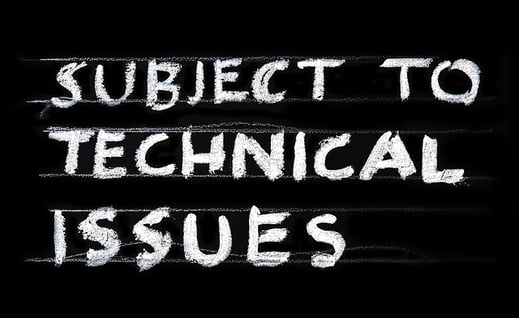3 min read
8 Steps: To Manage Technological changes in Your Business with Ease
Sales : Jun 8, 2017 12:00:00 AM

The rate of change in technologies is at a rapid pace. With advanced technologies coming up like machine learning, artificial intelligence, big data, predictive analytics etc. business leaders are facing big challenges in implementing such systems. Managing technological changes is not easy and this issue increases further with the size of the organization.

From handling employee concerns to generating actual revenue, innovators have to handle a dozen concerns. While there will always be early adopters and laggards in every organization, making an overall effective strategy involves taking everyone into consideration. The problem of wide-ranging questions and doubts tends to increase dramatically with the size of the organization and so does the challenges in implementation. The question arises how to manage technological changes and how to do it so smartly that there is negligible friction involved. To solve this we have come up with a 8 step approach to managing technological changes in enterprises. Though the focus is more on the large organizations, the principles of management will affect small and mid-size companies alike.
8 steps to Implement Technological Changes in Organizations:
1. Identifying current loopholes:

You don’t go shopping without knowing what to buy. No technology should be implemented before identifying the needs. The first thing you need to do is identify what exactly is not working in your organization. Then you check why it is not working, whether it is because of lack of talent, less resource allocation, obsolete technology etc. If it is the third then you found your target.
2. Select the right technologies:
The next step to implementing new technology is finding the right one. To select the right technology go through hardcore data. P.S. - I am not talking about sales literature. Select the technology which is relevant to your business, has worked for your competitors(if they used it), and is easy for your employees to catch on.
3. Involve your employees:
Involving employees in selection and implementation of technologies has multifold benefits:
- They will be more open to the idea of a new IT system.
- They will be able to provide insights on what will work for them and what won’t.
- Employees will be more open to providing inputs from their end
- This will increase their feeling of self-worth
- Employee involvement increases their feeling of security that they won’t lose their job or lag behind because of new technologies.
To involve them in decision making take inputs via votes, opinions of supervisors and compile the ideas and concerns to make a proper strategy for implementation.
4. Early Acceptance

The work of implementing a new technology is more like marketing than sales. Like in marketing you start igniting demand and position your brand before the arrival of actual product the same is with implementing new technologies. The best way to get around this is to involve a marketing person in your implementation from the beginning. You need to give a good idea of implementing a new technology in the initial stage only, even before actually bringing in it in the organization. This way you will get enough time to handle resistance from employees and analyze reaction.
5. Personal Incentive
The hard fact about implementing new technology is that employees priority is their benefit and not the company's. But you need to grow your company for which you need employees to care for the company. This is a management issue which will never fade away. So how to deal with it? Simple, offer incentives. If you convince your employees that the new tech is going to make their work easy or help them in a specific measurable way then they will automatically start welcoming change. The key point to note here is that many of the incentives which HRs and managers consider a huge incentive are not worthy to most of the employees. A simple career growth in terms of learning will not entice every employee but a straightforward salary incentive will. Identify the important incentives before giving anything away.
6. Focus on Training
Many new implementations fail because people rush through the training. Improper and incomplete training is going to lead to a mess. Train your employees well and give them to work on it and put up questions. Addressing initial concerns and following the best and standard practices is the best way to ensure proper implementation.
7. Pilot Operation
Pilot operation is basically selecting a small segment of a company and implement new technology for that section. This minimizes risk, proves credibility to top management and helps in onboarding other sections on successful demonstration. For choosing your preferred section for the operation to consider choosing the group with the worst performance. The reason it is recommended is that if they are able to do it then anyone will be able to catch up. Also, there will be ease in seeing improvements and building momentum.
8. Expectation vs. Reality
One of the biggest failures while implementing and managing technological innovations is noticed because of the unreasonable expectations. It is important to research about industry’s average ROI and what you might expect based on your resources. Have planned targets and realistic expectations and be ready to face some deviations from expectations. This problem is more evidently seen while implementing technologies for which too much data is not easily available and you might face some issues.
Know how to we can help you get the best from advanced technologies like artificial intelligence, machine learning, VR and AR and cloud computing.

Major Reasons: Why Mobile is the Future of the Automobile Industry?
To push the world forward, the human kind has come up with numerous innovative accessories. And every time we see the new invention in the field of...
 Read More
Read More



